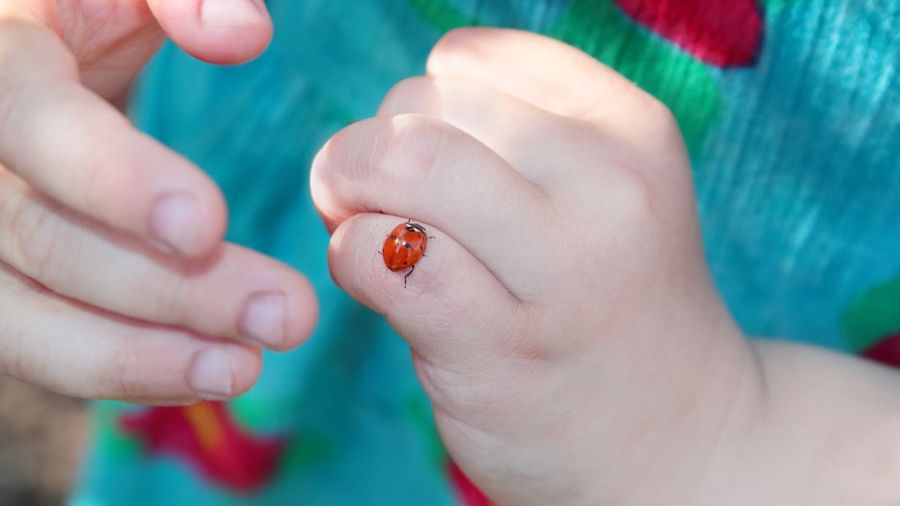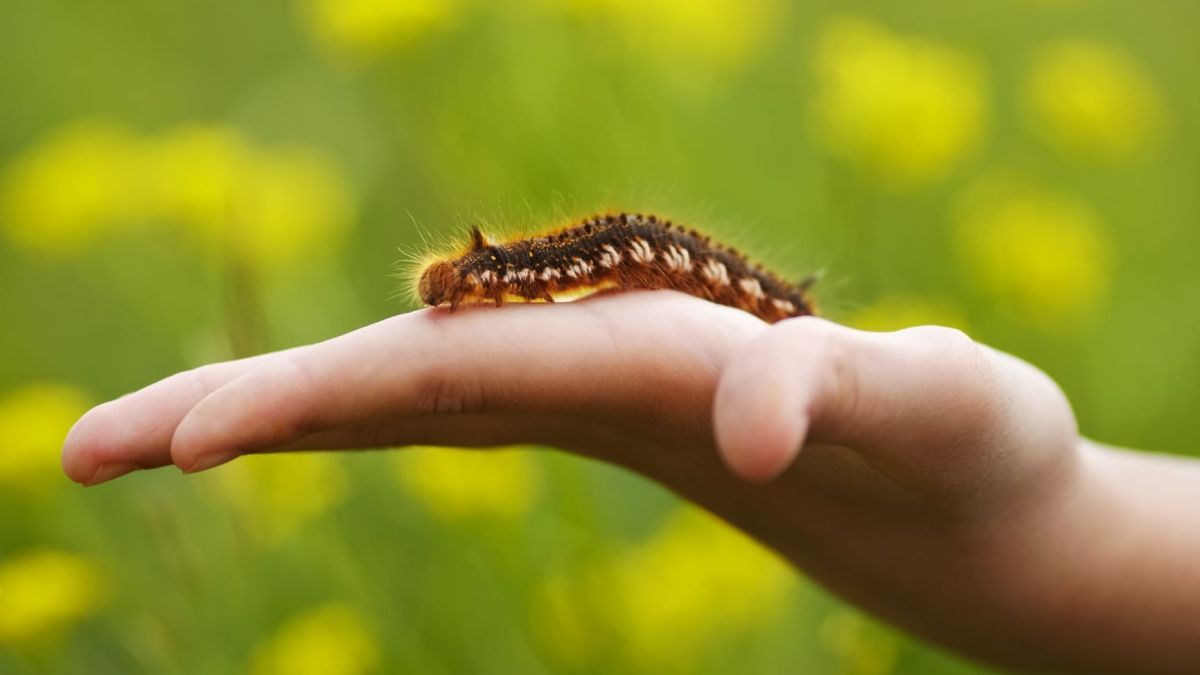
With increasing evidence that nature experiences have a direct and positive effect on children’s learning and healthy development, more educators are looking for simple ways to bring the benefits of nature-based education to their students. A previous Natural Start Feature Story offered practical strategies for infusing nature into any early childhood education program. This companion article outlines three nature-oriented dispositions that educators can foster in just about any learning setting – traditional or nature-based – starting today!
These dispositions help students open up to the world around them, observe and investigate how it works, and develop their capacity to care for the plants and animals that also call it home. Taken together, the activities suggested under each disposition nurture children’s interest and appreciation of nature while supporting their social, emotional, and cognitive development.
You do not need to possess any special knowledge of natural history in order to facilitate and model these activities with your students. Focus on providing joyful experiences and connections with nature rather than conveying factual information about the environment. Start in a setting where you feel comfortable, including your own classroom, which can provide a great home to potted aromatic herbs or to composting worm bins, for example. Share your own surprise and delight at the things you discover, and let the children’s interests and the wonders of nature guide your adventures.
Attentiveness to the Natural World
Maria Montessori called children “spontaneous observers of nature.” Offer your students numerous and repeated opportunities to notice plants, animals, different types of rocks, the changing of the seasons, food and decomposition webs, and other elements and processes that connect them to the larger community of life. This can be as simple as growing plants from seeds, bulbs, or seedlings in the classroom, observing their growth, discussing their needs, and then transplanting them outdoors or continuing to care for them in pots.

If you have access to an outdoor learning space, consider adding a small food garden, a butterfly garden, a birdbath, or a squirrel feeder. Draw the children’s attention to the visitors that are sure to arrive soon, including ants, ladybugs, and other small insects which are often overlooked. A nearby public park or other green space can provide a vast range of opportunities to:
- Learn about different textures, shapes, and colors
- Listen to the sounds of people and nature
- Follow the comings and goings of squirrels, robins, and other common animals
- Begin to notice patterns, seasonal changes, relationships, and interconnections in nature – the very foundations of STEM learning.
Curiosity About the Natural World
Unhurried time with nature in and around the classroom is a perfect springboard for inquiry and curiosity. Ask students open-ended questions: “Where do you think the squirrels find their food?”, “Why did the chipmunk run into its hole in the ground?”, “How can we find out what plants the butterflies like the most?”, etc. Help them to formulate hypotheses, and create opportunities for them to gather clues or additional information from picture books or other sources – including local environmental educators or other classroom guests. Child-directed learning, rooted in real-world surroundings, can greatly facilitate the development of investigative, analytical, critical thinking, and other 21st century skills.
Enable the students to construct meaning and answer their own questions through plenty of hands-on experiences with and in nature. Encourage persistence and effort. Support your students as they reflect on and share their learning with others through drawings, puppet shows, or simple games that incorporate new vocabulary. Going through the process of asking questions, conducting an investigation, and communicating ideas and findings is more important than arriving at the “right” conclusion.
Care Toward the Natural World
When children interact with nature, they begin to understand how their actions can harm or protect the environment. Always model caring behavior toward plants or animals, such as gently moving an earthworm from the pavement into the grass, in order to help children develop a sense of empathy and responsibility for the natural world. This can be especially effective if you share with the students your own rationale for protecting or meeting the needs of specific plants or animals.
Help children begin to understand what plants and animals (including humans) need in order to survive, and how simple actions can make a place more or less suitable for meeting those needs. Most children will eagerly embrace opportunities to be caregivers to plants and animals, and will readily “adopt” a tree or build and tend to a birdfeeder, for example. Concepts that are familiar to young children, such as “home,” can provide many opportunities for discussing the needs of plants and animals in tangible and concrete ways.

Cultivating moments of attentiveness, curiosity, and care toward our plant and animal neighbors in childhood grows healthy children and prepares the next generation of scientists, artists, and inventors to sprout. Regardless of the type of natural elements you have access to, from live plants and “loose parts” in the classroom to an outdoor classroom rich in natural landscaping, they can provide students with countless opportunities to observe, ask questions, and develop a sense of responsibility for the wider world.
About the Author
Emilian Geczi is Manager of Early Childhood Programs at The Morton Arboretum, in Lisle, Ill., and past Director of the Natural Start Alliance.